
Time travel is one of those tricky things. Because unless you have an in-universe explanation, such as alternate universes or acknowledging the pre-destination paradox, some pretentious pedant will pop up to complain that it’s not possible. But here’s the thing: time travel stories have been around for centuries, and that’s for a very simple reason. It’s such an interesting concept, the idea of being able to travel back and see past times, or see what the world has in store. Who wouldn’t want to know at least something about the future? Even with the moaners, time travel isn’t going away.
In TV, there’s generally two types of time travel shows. Some series have it as a main plot device, as part and parcel of the whole premise. In other shows, time travel just happens for an episode (or twenty) and characters have to deal with being thrown out of their element. Here’s a selection of both types – not the best, but just a varied selection of why time travel plots remain so popular.
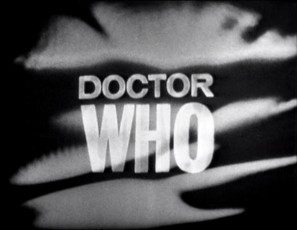
OK, so it’s impossible to talk about time travel in TV without mentioning the granddaddy of them all, Doctor Who. Time travel is the main attraction of the TARDIS, really; every show set in space has a method of getting about, but it’s rare to have a (mostly) reliable form of time travel. Initially, the time travel was part of Doctor Who’s educational remit – go back to different points in Earth’s history to teach children watching. In the first series alone, the TARDIS visited the Stone Age, Marco Polo, the Aztecs and the French Revolution. As time went on, the educational aspect got less and less, but the time travel remained. It meant that throughout the years, the Doctor’s companions have come from a variety of time periods, whether that’s the Trojan Katarina, 18th-century Scotsman Jamie, or Captain Jack Harkness from the 51st century. In more recent series, the concept of time travel has been played with more and more, most notably in the character of River Song. Although her relationship with the Doctor became more conventional (timing-wise, not mentioning the whole parentage thing), in her first few episodes, the idea of a relationship experienced out of sequence was really original and intriguing.
And then there’s The Hitchhiker’s Guide to the Galaxy, Doctor Who’s drunk cousin. Originally a radio series, then a TV series, then a set of books, in the other mediums the concept of time travel is far more expanded upon. Here, in the TV series, it’s more an accident that happens to the characters. They travel forward in time to the Restaurant at the End of the Universe (where they meet, by the way, Peter Davison – not as the Doctor, but as a sentient Dish of the Day). Then they somehow end up propelled backwards in time to meet the hairdressers and telephone sanitisers who will become modern humanity’s ancestors. Like everything in H2G2, nothing is deliberate. And there aren’t really any consequences to anyone’s actions, because in this world what’s more important is trying to figure out what the correct grammatical tense is.
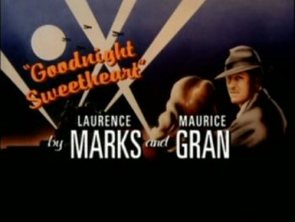
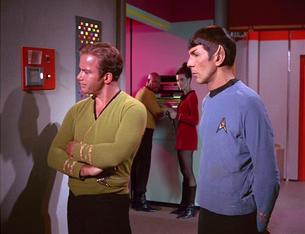
In the Star Trek universe, time travel isn’t a given, but it seems to happen rather regularly to all of the different crews. First, let’s talk about TOS episode The City on the Edge of Forever. A drugged-up McCoy runs into a time portal on an alien planet, which somehow lands him in 1930s New York. Once there, he manages to save a woman’s life and thus prevent the Federation ever being formed. Kirk and Spock go back to set things right, but Kirk, of course, falls in love with the woman. Written by sci-fi legend Harlan Ellison, this episode muses on predestination, and whether or not personal feelings can outweigh the needs of future billions. Ellison disliked the episode’s anti-anti-war rewrites, but that adds interesting dimensions. Edith Keeler would have delayed US participation in World War Two, leading to the Nazis developing an atomic bomb first. And we’re allowed as an audience to empathise with her, despite knowing that she has to die.
This might be cheating, but it’s impossible to talk about time travel on TV without mentioning Trials and Tribble-ations, possibly one of the best Deep Space Nine episodes. The DS9 crew find out that there’s a Klingon plot to go back in time to assassinate Captain Kirk by inserting a bomb into a Tribble. So they travel back in time to save him. Made to celebrate Star Trek’s 30th anniversary, this episode is a triumph. Using the same techniques that inserted Tom Hanks into historical footage in Forrest Gump, the DS9 actors were inserted into footage from 30 years earlier. There’s something special about watching Kirk and Sisko interact, or Kirk telling off a group of men that includes Bashir and O’Brien. The sets, costumes and filming techniques are all spot on, and the insertion into the old footage is flawless. But it’s not just a technical exercise. Using footage from different TOS episodes, Trials and Tribble-ations manages to be an engaging story that tries to explain just why so many Tribbles kept on falling on Kirk’s head.
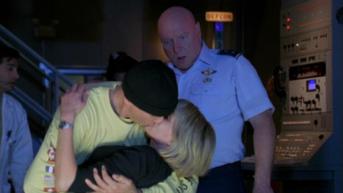
Red Dwarf, for a relatively low-budget comedy, has a history of tackling pretty meaty science fiction concepts, time travel included. Throughout the series, the crew found various methods to travel through time, but none was quite so original as in Timeslides. Kryten finds a developing fluid which can make photos and slides come alive, allowing you to travel back in time to that moment (although only within the confines of that photo). This is the episode where Lister changes his life, which has ripple effects out into the time continuum. This episode isn’t groundbreaking, but it’s worth mentioning for the way Rimmer tries desperately to change his life for the better, only to create his present. Predestination paradox in action, there (OK, not quite – Rimmer changes one thing. He’s now alive! But he promptly dies again).
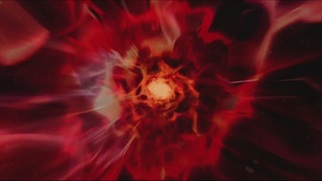
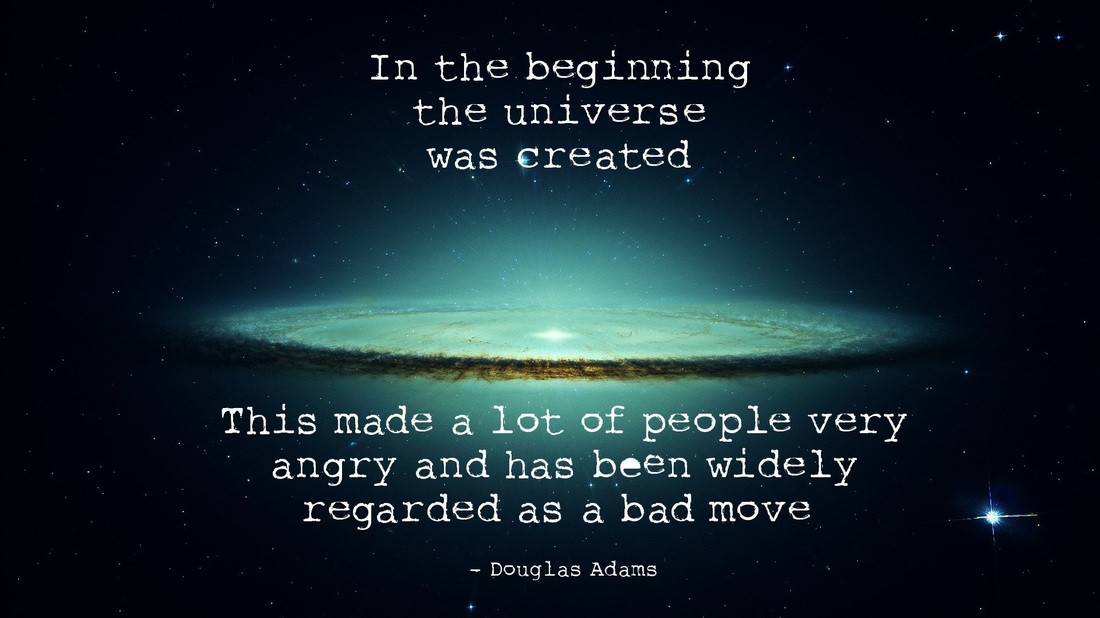

 RSS Feed
RSS Feed
